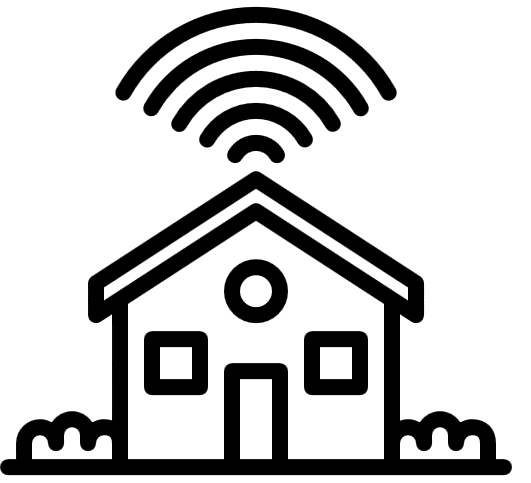It's a program that allows creation and simulation of architectural designs. The user is able to draw 2d representation of building/rooms, including:
- rectangles
- ellipses
- polygons
- lines
- smart device images
Once the design is finished, with smart devices placed inside the rooms, the user can enter simulation mode to test behaviour of the smart devices. The behaviour of smart devices is depending on the actions of spawned player (controllable by keyboard) and simulated environment (controllable from a separate window).
Standard PC with Windows operating system, monitor, keyboard and mouse.
Download and extract release.zip and run smart_home_simulator.exe
Notice: If someone wanted to compile the program from source code using PCs on campus, Qt is installed only in some of the facilities like lab 2 or lab 8 (it is not available in lab 1 for example). For reference, we used Qt Creator 4.8.2 with MinGW 5.3.0 32-bit compiler (both installed in lab 2 and 8).
Several documents were created about the program to show what it does and how it does it:
Demonstration - what features the program has and how they look like.
Implementation - what design patterns were used, how some of the notable features were implemented.
Testing - what testing methods were used during development.
Please note that these documents were hosted on GitLab during development (so links inside them may lead to inaccessible pages on GitLab/Jira).
The program was created by 2nd year University of Essex students (team 2) for the "CE292 Team Project" module, including:
• Earl Quadros
• Jarogniew Witkowski
• Jonathan Devaux
• Leon Sebastian
• Michal Borowski
⭐ Zooming functionality - Pavel Strakhov (answer to stackoverflow question)
⭐ Kelvin to RGB conversion - Tim van Wijk (Kelvin2RGB github repository)
⭐ Smart device images - Nikita Golubev (Smart house icon pack from flaticon.com)
⭐ Infra red sensor image - Freepik (motion sensor from flaticon.com)

